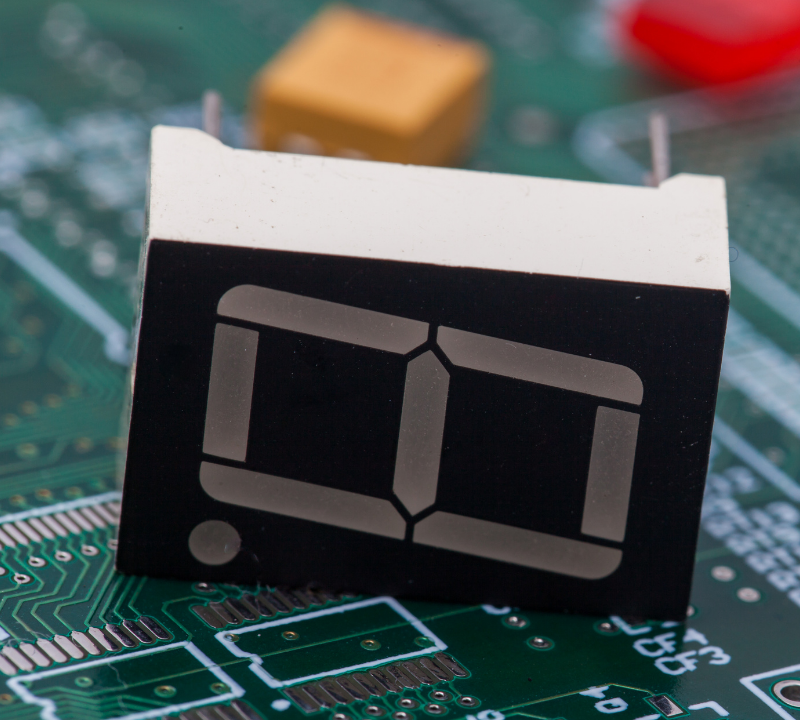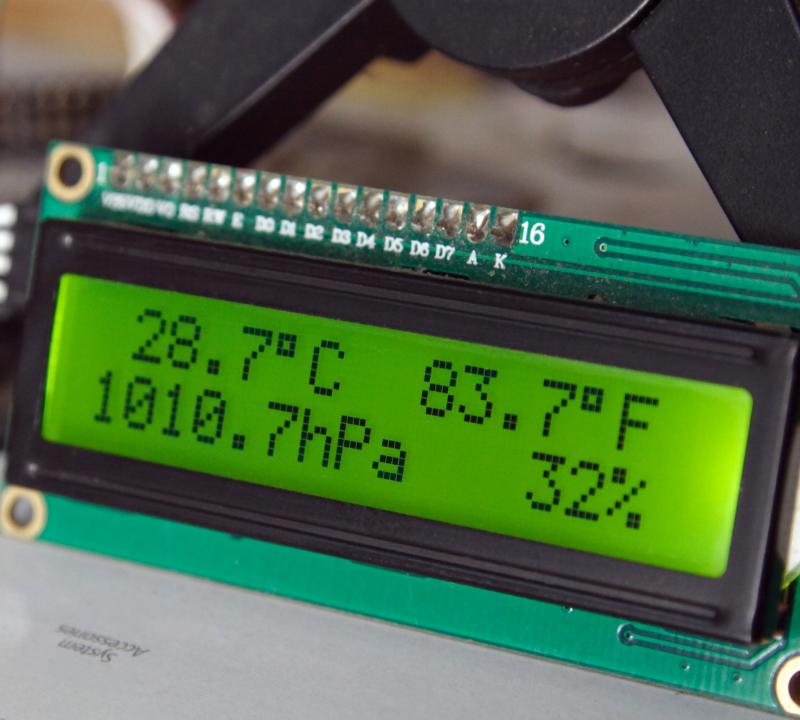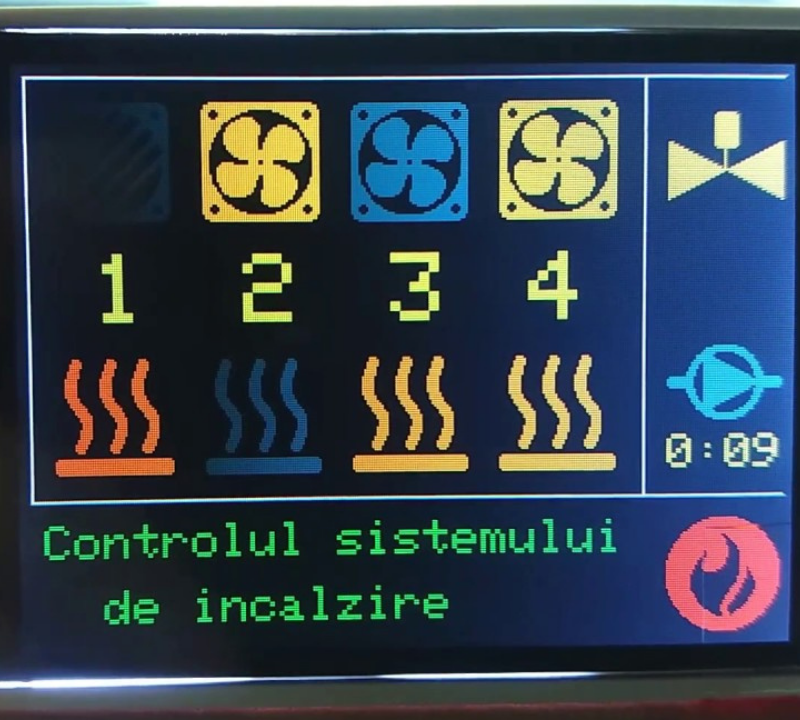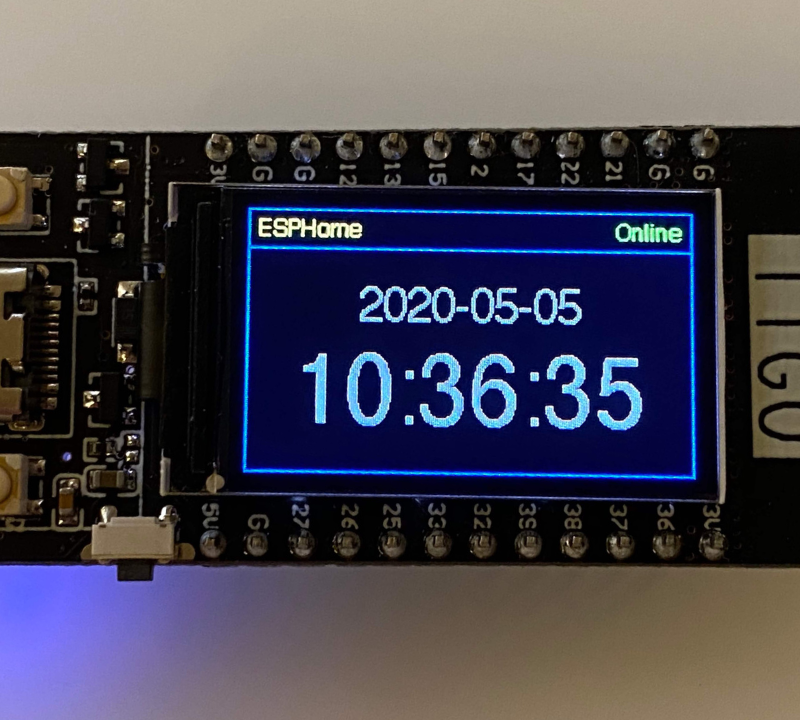
Nowadays most embedded designs on the market, from consumer white goods to industrial machinery, incorporate some form of display. The current sophistication of touch displays, enabling commands to be given through swipes and gestures, owes much to the early smartphone designers. Touch-enabled LCD displays can reduce system cost by removing the need for switches and push buttons. Product reliability can also be improved by using capacitive touch screens to avoid dust and moisture ingress through switch enclosures. Additionally, a well-presented, visually pleasing and intuitive display contributes significantly to the aesthetics of a product, strengthening product brand value and user confidence.
• Solutions for Segmented Displays
• Solutions for Graphical Displays
• Development Board
• Microcontroller for Segmented Display
• MPLAB Harmony Graphics Suite interface


Overall, displays for embedded systems have evolved well enough to help design efficient and better products, often directly affecting the duration of the design cycle itself. All types of displays are engineered to integrate anything from power supplies to integrated processors. They include all the necessary components and integrate various functions like switch, UART, USB, SPI, I2C and PWM, along with SD card storage, to allow for large storage capabilities.

